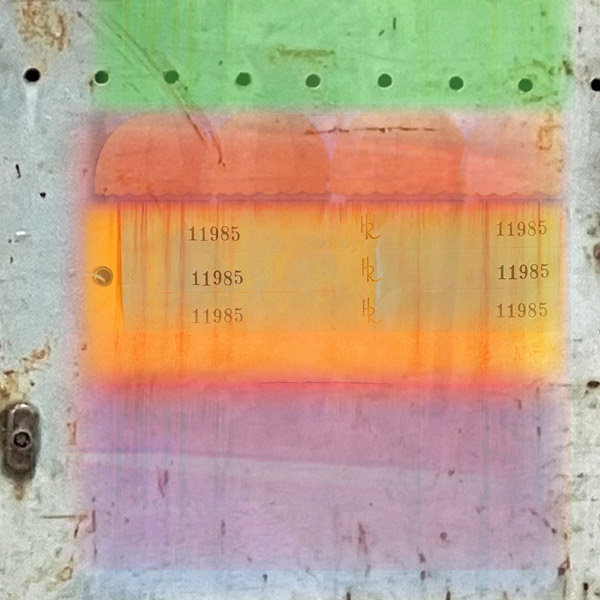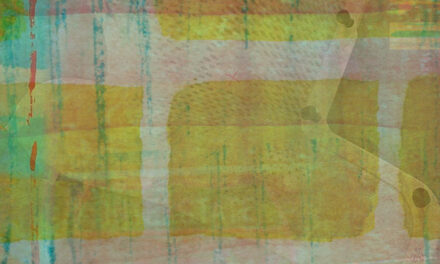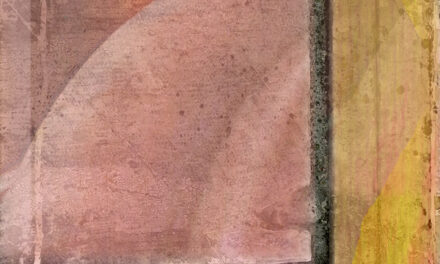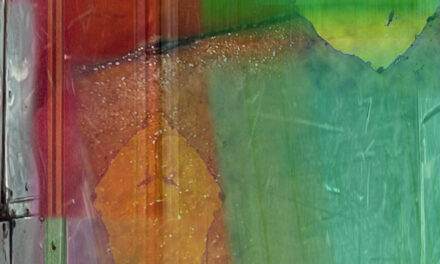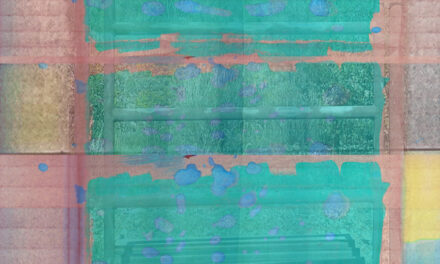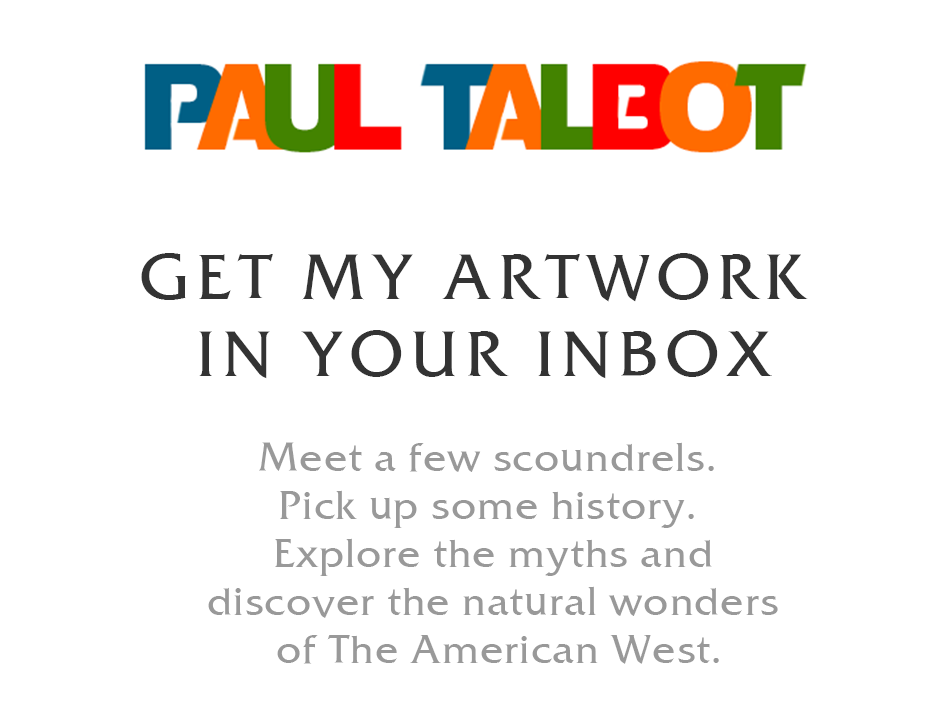Bagdad, Arizona never gave up on the possibility it might someday capture the attention of a visionary who would embrace the town and fulfill its promise.
She had the far stool at the counter of a café outside Bagdad, Arizona. The yellow Formica was faded and chipped. The steel band which covered its edges was sticky from years of breakfast syrup spills.
The swamp cooler was on its last legs and the air was foul.
She waited for her French toast. If she hadn’t been so restrained, she would have gasped when she read the news on her phone.
At the BLM Field Office in Bakersfield, they’d approved fracking on the Carrizo Plain National Monument.
She read their Final Supplemental Environmental Impact Statement. It claimed, “there are no adverse environmental impacts due to hydraulic fracturing that cannot be alleviated.”
Well, if that wasn’t an invitation to the oil companies, to come in and do as they pleased, what was?
And if there were adverse environment effects, which the BLM acknowledged as a possibility, what would they be?
How long would they last? How far beyond the approved drilling site would the damage spread and who would pay to clean things up?
So the BLM was essentially saying that fracking could cause problems, but these problems could be taken care of. Wasn’t this like saying the house might burn down but it could be rebuilt?
Not exactly. Chances are, when a house burns down, it doesn’t blast streams of radioactivity through the ground that eventually wind up god knows where.
Years ago, her father had told her the BLM couldn’t be trusted to protect the land. At the time, she thought he was exaggerating.
And now, there could be fracking on the Carrizo Plain. Some oil company would get the permits to start drilling before the state of California could stop it.
Reading this news at the yellow Formica counter of a café outside Bagdad, Arizona, she suddenly knew exactly what to do.
Good and evil slid back into focus.

